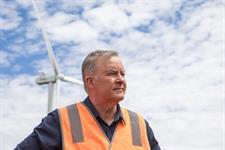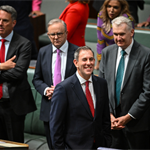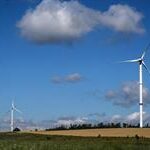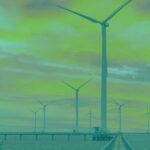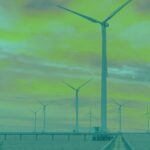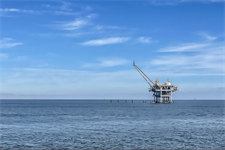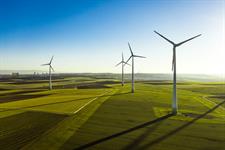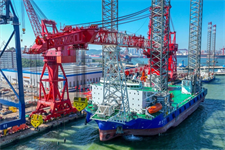Australia’s new PM Anthony Albanese eyes ‘renewables superpower’ status
Energy Disrupter
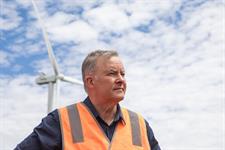
Australia has elected a new prime minister who visited wind farms during his campaign and stood on a platform to make the company a “renewables superpower” and invest in the manufacturing of wind turbine components.
New Prime Minister Anthony Albanese secured enough seats in the nation’s general election to beat a coalition government led by the incumbent Scott Morrison, though it is unclear whether he will have enough seats to have a majority in parliament.
Campaigners argued that voters had “unleashed fury” on Morrison’s coalition of Australia’s Liberal and National parties that had an approach to climate action that “ranged from inadequate to non-existent”.
By contrast, during his election campaign, Albanese visited a wind farm in New South Wales, and declared: “We can and should become a renewable energy superpower.”
Albanese was sworn in as prime minister on Monday (23 May) and immediately flew out to an international summit to discuss health, security and climate change.
Under Alabenese’s Powering Australia plan, the Labor Party aims to have renewables achieve 82% penetration in the country’s National Electricity Market by 2030. It also aims for a 43% emissions reduction by 2030 – though it is not clear by which baseline.
Labor also plans to establish a A$15 billion National Reconstruction Fund, of which A$3 billion will be earmarked to “kickstart innovation in new industries, revitalise manufacturing, and secure Australia’s energy future”.
Some of this A$3 billion funding would be used to “pursue commercial opportunities” in wind turbine component manufacturing and hydrogen electrolysers, among other technologies – though it is unclear precisely how this will be spent or when.
Australia currently has 8.4GW of operational wind power capacity, according to Windpower Intelligence, the research and data division of Windpower Monthly.
All of this capacity is onshore. However, developers are planning the country’s first offshore wind farms, while Victoria aims to have 9GW of offshore wind capacity by 2040.
And companies are also planning to take advantage of Australia’s large tracts of unused land and ample wind and solar resources to build gigawatt-scale renewable energy projects to power green hydrogen electrolysers.
Amanda McKenzie, CEO of Australian campaigners, the Climate Council, noted that Morrison’s time as prime minister was book-ended by climate-fuelled disasters: fires and then floods.
She said: “Climate concerned voters in the cities, suburbs and regions of Australia had unleashed their fury and frustration at almost a decade of climate inaction at a federal level.
“Over almost nine years’ in office, the Liberal-National Government’s approach to climate action ranged from inadequate to non-existent. Australians are paying a heavy price for that, and they have made their feelings known.”

